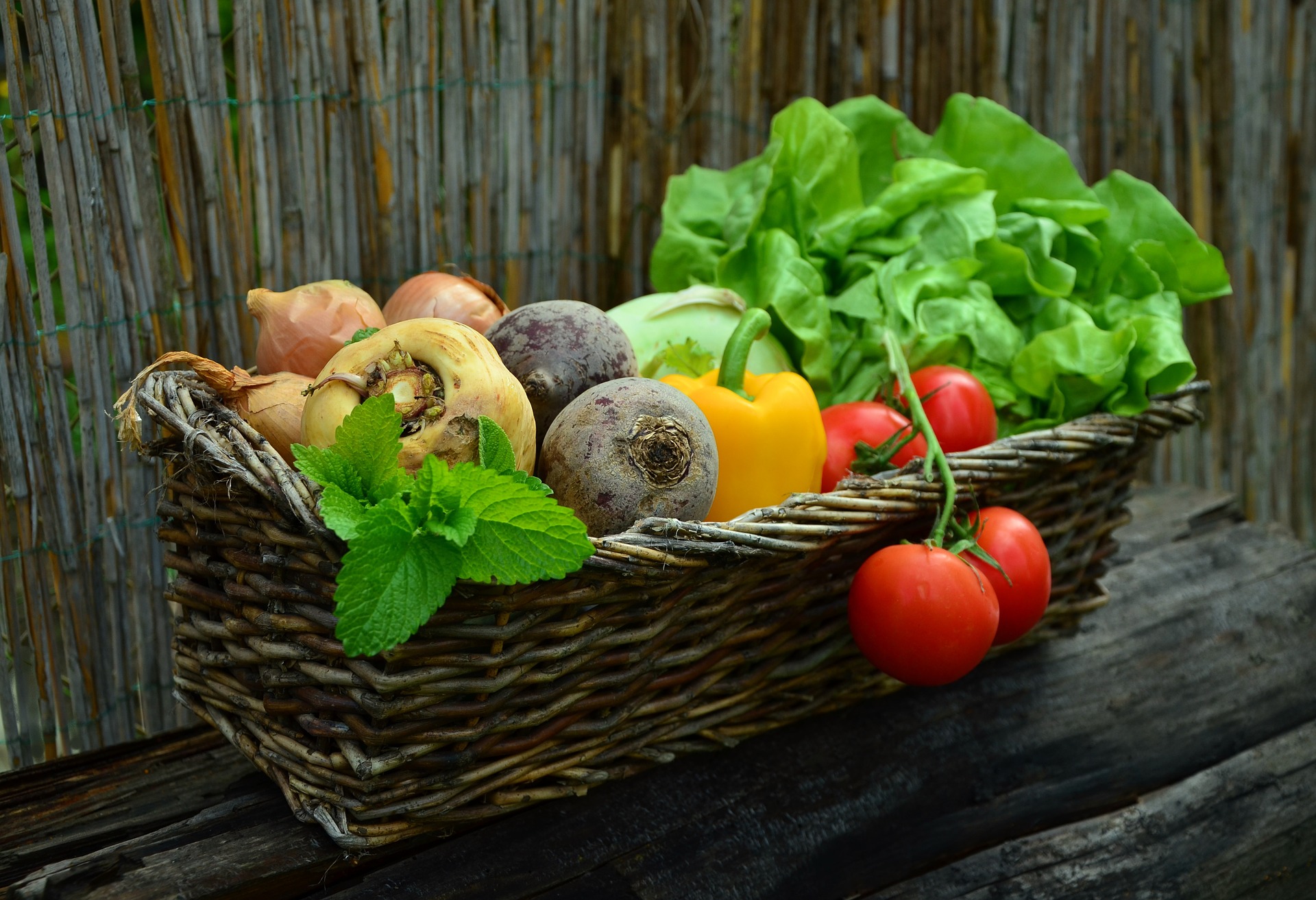
The warm and humid Florida conditions are perfect for planting and growing vegetables and most of them all throughout the year. There are a host of vegetables that you can grow in this Sunshine State and we have for you a list of options to choose from.

The versatile vegetable is among the much sought-after by everyone that wants to grow something in their kitchen garden. The plant grows well with a lot of sun and little water all through the summer months. They are also easy to maintain as all you need to do is cut the leaves for the roots to go deep in the soil.

Again, an easy to grow vegetable, what you need to do is space them out when planting and keeping the soil moist. Start planting them in October for best results as they prefer a little cooler weather. Each root is a seed cluster that calls for spacing for the root to form else it is only leaves that will grow. Avoid too much nitrogen that will stunt their growth. They are best plucked when they have attained a diameter of 2 ½ inches.

Fast to grow and easy to tend, they are great for health and have a good taste especially when coming from your home garden. The best time to plant it would be around mid-October. Water the seeds that you have planted about three inches apart and half an inch in the ground every alternate day. They should be ready to pluck in about thirty days’ time.

The best time to plant it is early fall so that you have a large growth of the bud by February-March. The vegetable grows really large and heavy in Florida and is a delight to taste. It needs regular fertilization for a fabulous size.
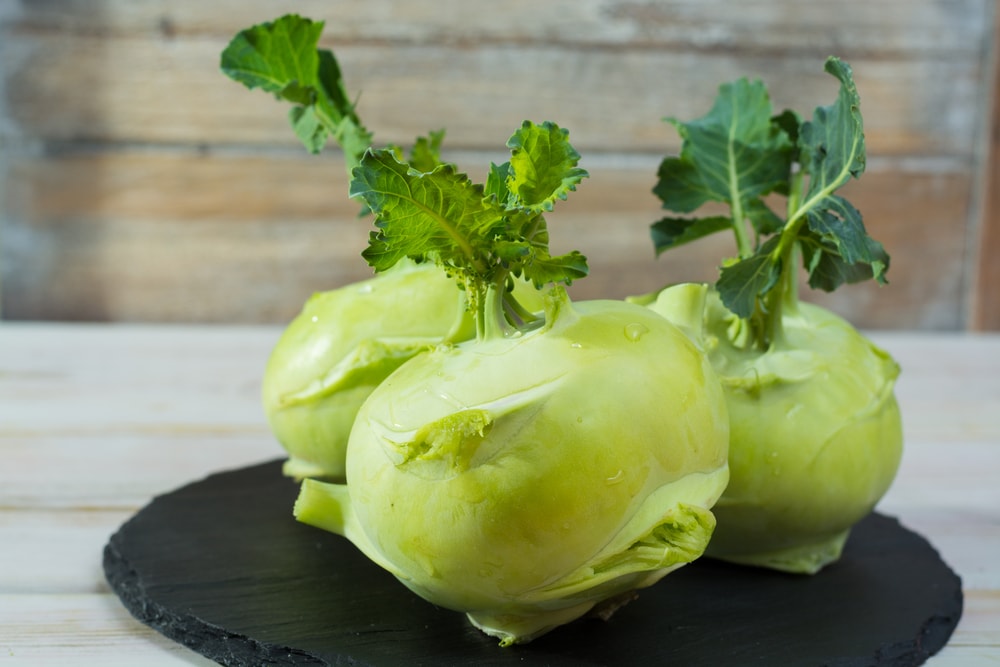
Take care to plant the tiny Kohlrabi seeds thinly so that they get enough space to attain its full growth as space-ship-shaped. They need to be planted when the weather is still warm for them to grow well during the cooler days.

A prolific grower, they are best planted in October when it has become to get cooler. Plant them at about a distance of eighteen inches, fertilize them once a month and water them moderately. In a month’s time, the head will grow large like that of a volleyball and make sure to pick them before the buds start turning yellow. When you cut the head, it will lead to further growth giving you food for months.
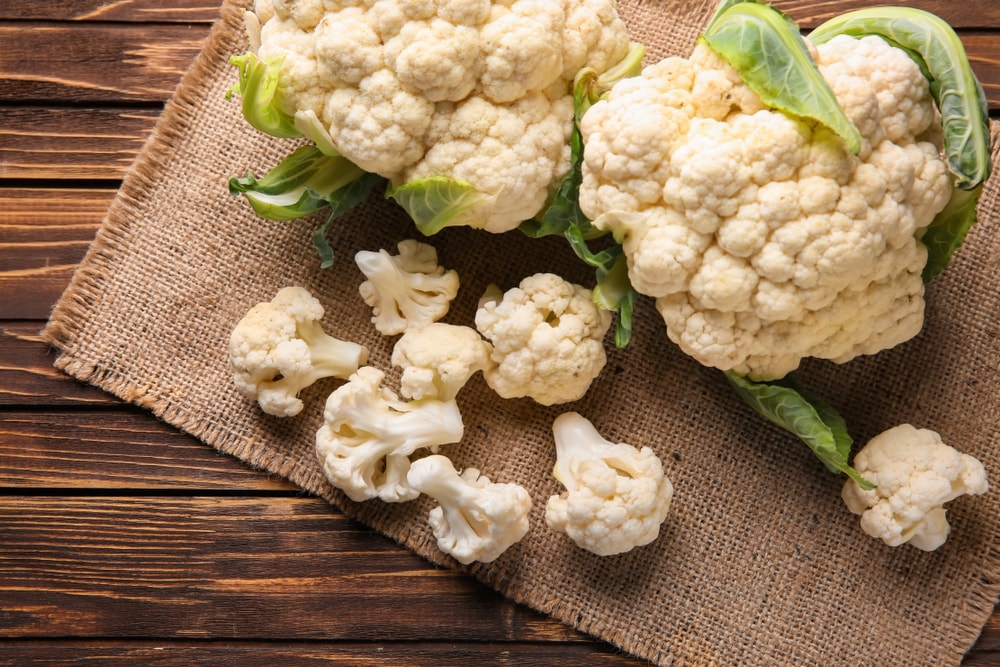
The timing for growing Cauliflower and the tending to it is almost the same as that of Broccoli. The single white head or flower as you may call it better not be left too long but plucked when still young.
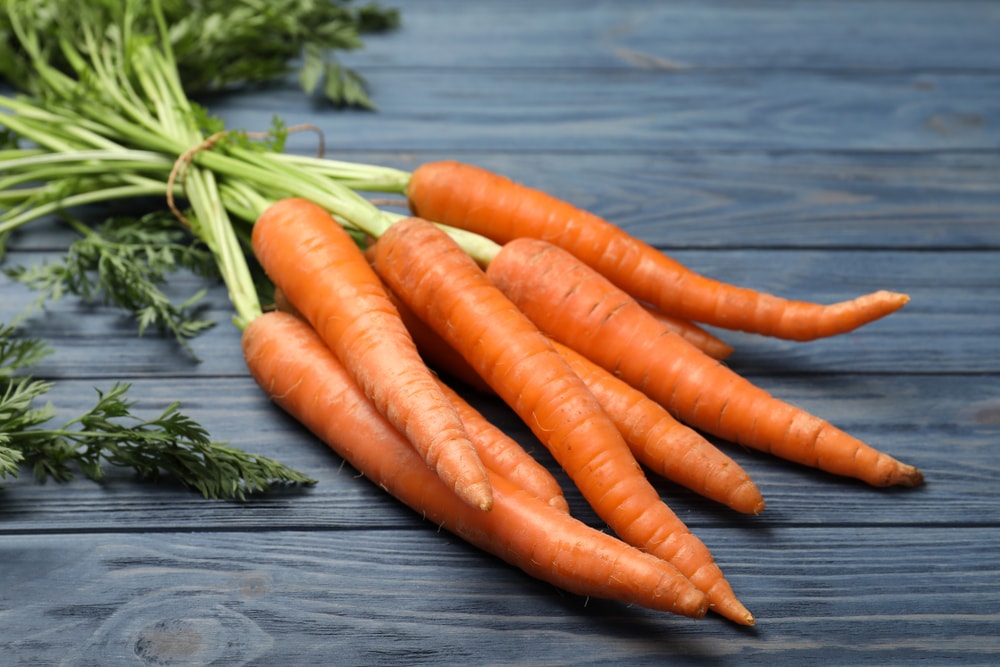
Take the tiny seeds and rub them among your fingers and spray them through a light spray into the soil. Water the soil and cover it and once the stalks sprout, thin them out for the roots to get enough space to grow. The time that it takes for the full roots to grow depends on the variant of the seeds that will be clearly indicated so that you can pluck them accordingly.
9. LETTUCE, SPINACH, ARUGULA, SWISS CHARD and RADICCHIO
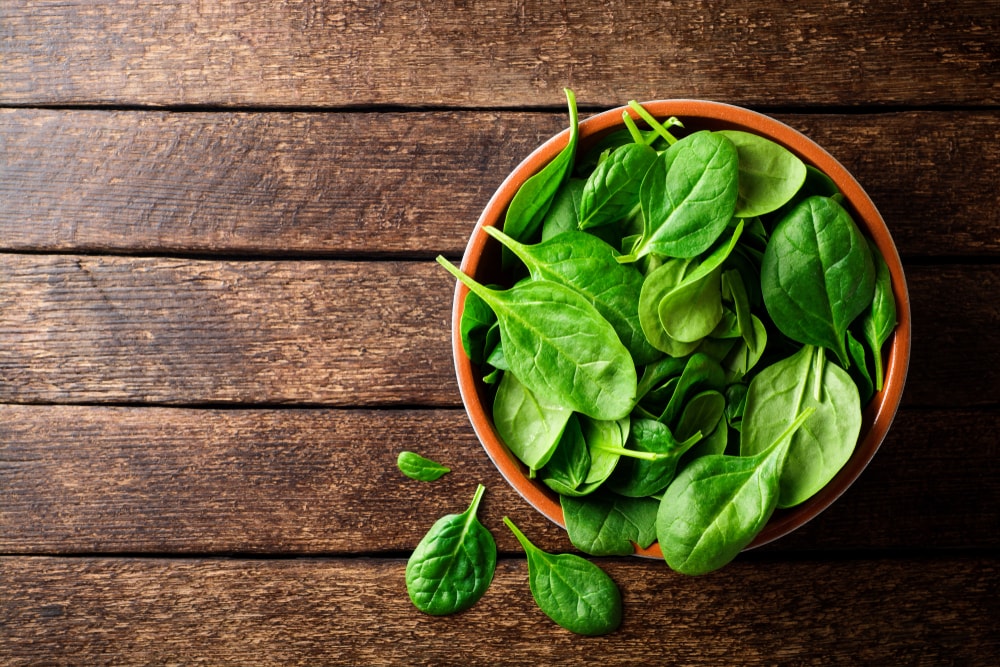
All of these greens grow well in the cool weathers and struggle during warm spells. To be able to enjoy all of the harvest, space out there sowing by a couple of weeks. Once they have grown, make sure to cut them right at the bottom to help induce more growth for longer months.

Peppers enjoy the sun and heat in moderation which makes spring the best time to grow them. It is best to plant seedlings in the kitchen garden and they should be planted pretty close as they like to grow by “holding hands”. Water them well regularly and fertilize once in a month reducing the water once the fruit nears maturity.

Green Beans tolerate heat well and it is better to start planting them in early fall. Soak the seeds in water overnight and sow them an inch down in the ground. In a week you will get a muscular growth of plants. Beans are prone to disease and so avoid direct touch contact with the leaves. Keep them well watered below the level of the leaves. Avoid yanking the beans when plucking them and cut them with scissors – it will help the plant keep producing more.

As cold weather crops, they are best planted when the weather has cooled off. Place the seeds an inch into the ground and set the prop for them to climb. Water them regularly and start picking the pods when formed so that you can have more produce from a bed of peas.
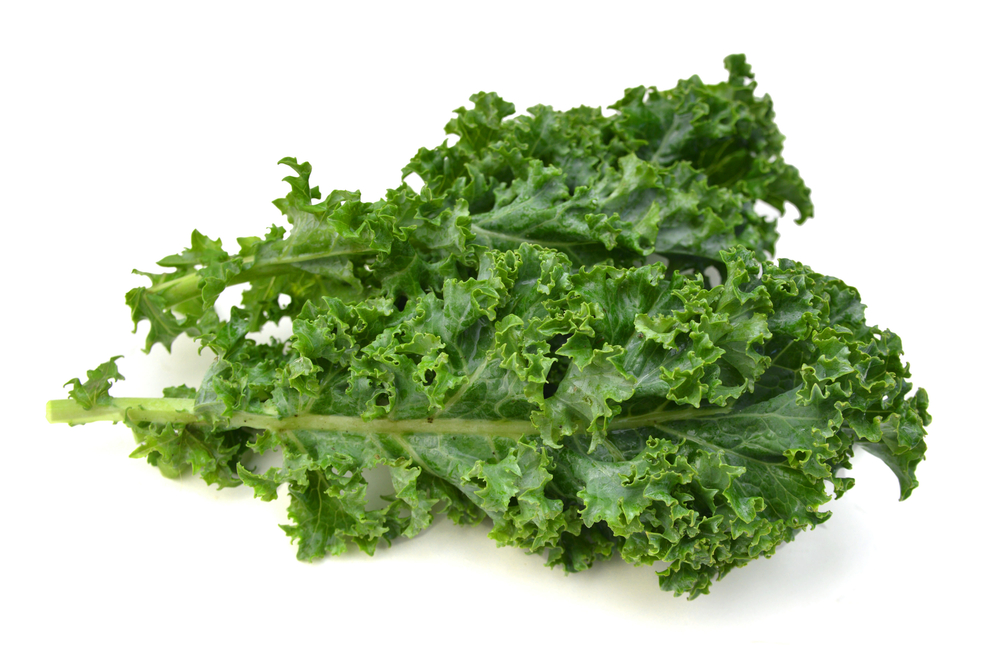
Plant the seeds thinly at least six inches apart. Once they have taken growth, cut the leaves at the bottom for a great yield.
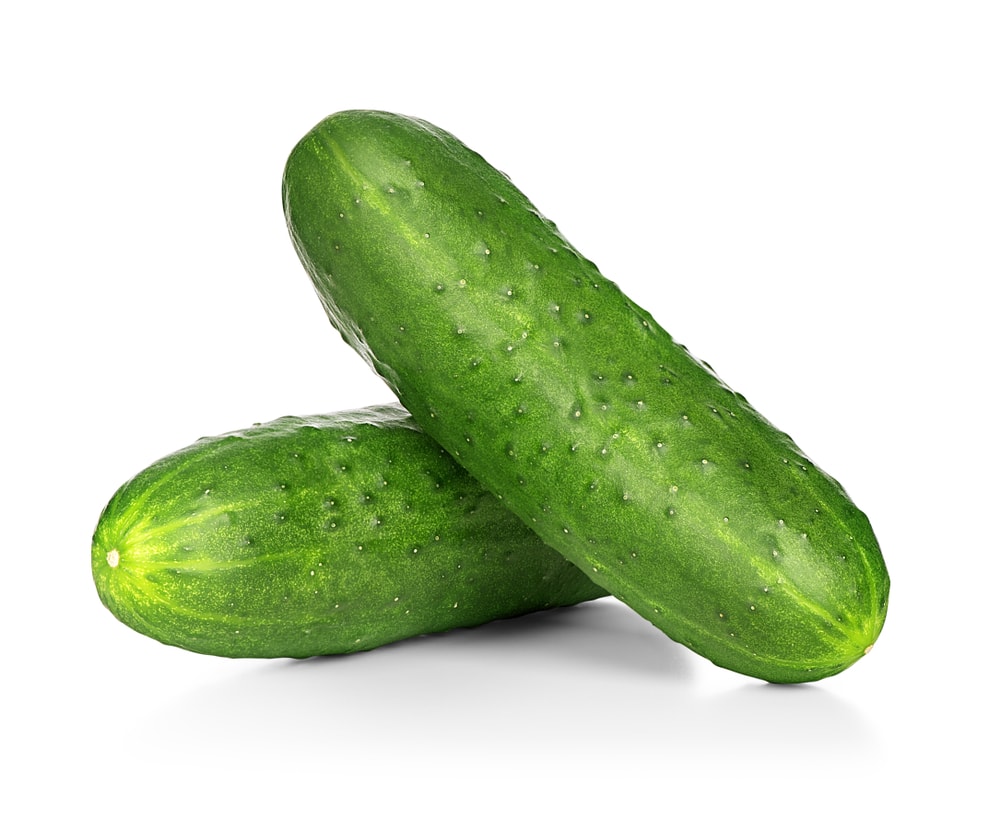
Plant them when the weather has become warm for the plant to sprawl out and give you a good yield. Their roots need a lot of space for growth and so space them out at length.
Basil: They are great to keep bugs away and so you can interplant with something like the tomatoes.
Dill: Has a slow growth but with patience, you will have a great produce.
Cilantro: Grow them during winter for a flavorful herb addition to your food.

Aug 2 2019
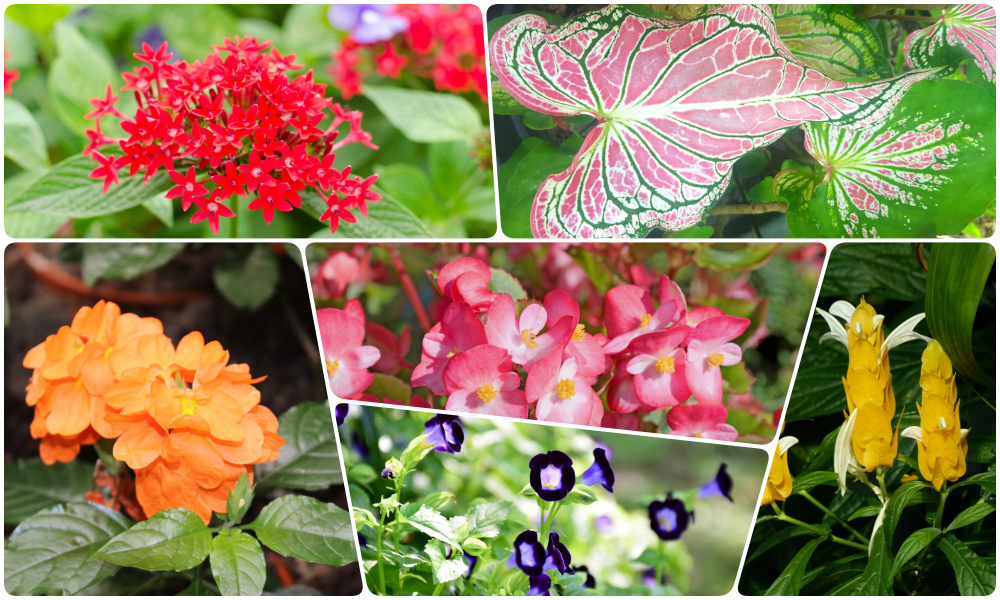
Jul 26 2019

Jul 3 2019